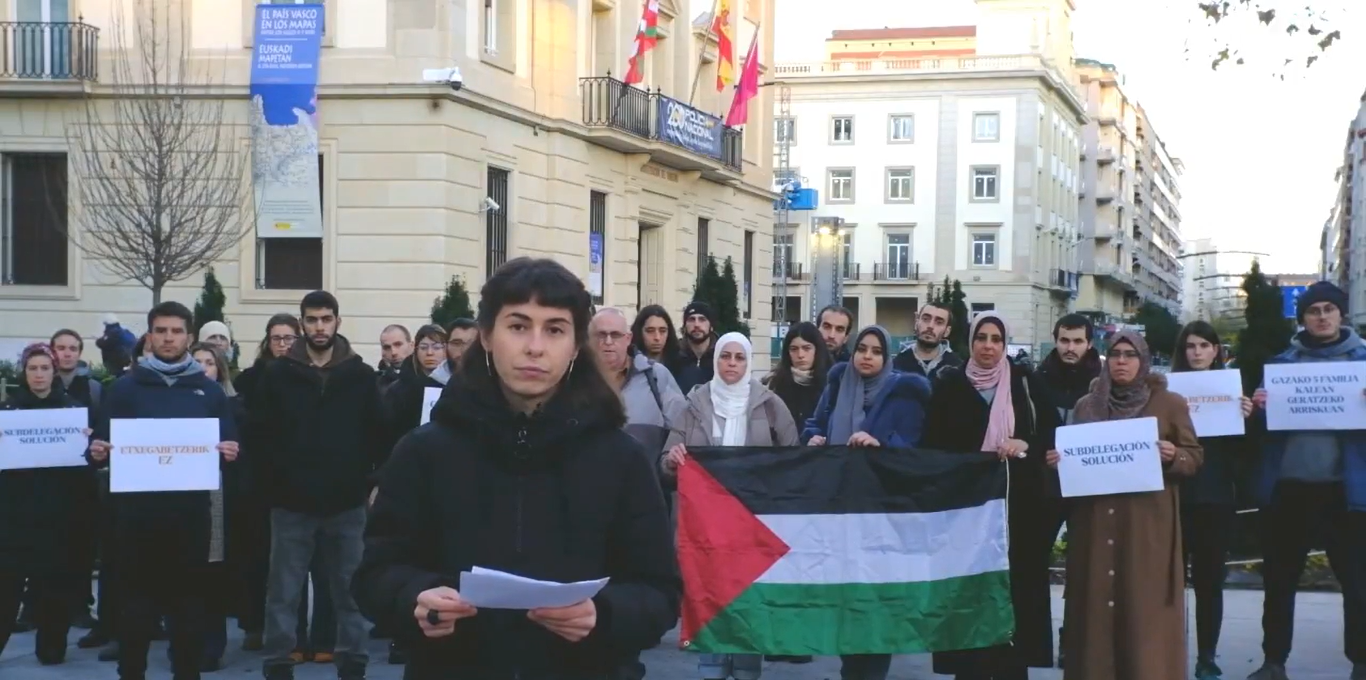Lessons from the crisis
Ten years have passed since the outbreak of the serious global economic crisis. Many transformations are taking place in our daily lives. However, it seems that we haven't learned much to change our habitual behaviors. We continue to consume exceptionally, pollute the environment, produce weapons and promote wars. It is clear that the human being is insatiable and will remain so until all the resources of this planet are exhausted.
The evolution of the economy in recent years, on the other hand, has shown that economic differences have continued to increase, maintaining the line of past decades: A further 1% difference between 99% of the richest and 99% of the others, as the economist Thomas Piketty has shown us, although within that 99% there are also differences.
Another feature must also be pointed out. In fact, capital has taken an immense speed in a process of infinite centralization. It is not now a question of capital being developed and rooted in some geographical areas, but the main activities of current capital are focusing on some mega-cities: In cities like New York, Boston, London, Paris or Madrid. In most cases, in addition to the fact that their buildings were obsolete, older people lived with deteriorated public services. Now, on the other hand, technology companies and qualified professionals are being set up in these areas, following massive investments. Therefore, the images of some cities are being radically transformed: according to this new model, high-access people are going to live in these centres and, in addition to well-paid jobs, all the services are being developed so that they can live in luxury.
Today, the taxpayers of large cities are better than those of small towns, while they have all the services at their disposal, the inhabitants of
small towns have more scarce and expensive services.
On the other hand, the housing bubble led many young people to live outside the cities. Despite the fact that their jobs were in the city and transport had to be extended further, they thought that they would compensate for it with more affordable housing prices and more or less comfortable public and private services. But the situation is complicated for them. Indeed, local public transport, both by road and by rail, has been reduced in favour of high-speed public transport, public funds for childcare facilities, health centres and schools have been reduced and local taxes and fuel taxes have multiplied. The quality of life they wanted has therefore only deteriorated.
Today, however, the taxpayers of large cities are better than those of small towns; while they have all the services at their disposal, the inhabitants of small towns have more scarce, scarcer and more services caros.Los Yellow Chaquetones of France, among others, have also gone to the streets for this reason. In short, there is a fiscal conflict between the taxpayers of big cities and the people.
Is something like this not happening in Hego Euskal Herria? Bilbao and Vitoria-Gasteiz have at their disposal most of the services. In the Pamplona area, the process of centralisation is also unstoppable. Gipuzkoa was a fairly balanced territory, but Donostia-San Sebastian is increasingly devouring all the economic activities of his environment: trade, especially franchisees, small technological centres – be it on the periphery – health centers, external financial branches, insurance offices, etc. It also highlights that the center is filling with hotels, pintxos bars, coffee shops and patios, which will make us a city of any province. For all these reasons, are we not going to have the passion of the Gipuzkoans and Gipuzkoans to confront this new form of exploitation of neoliberalism?













.jpg)


.jpg)



.jpg)



